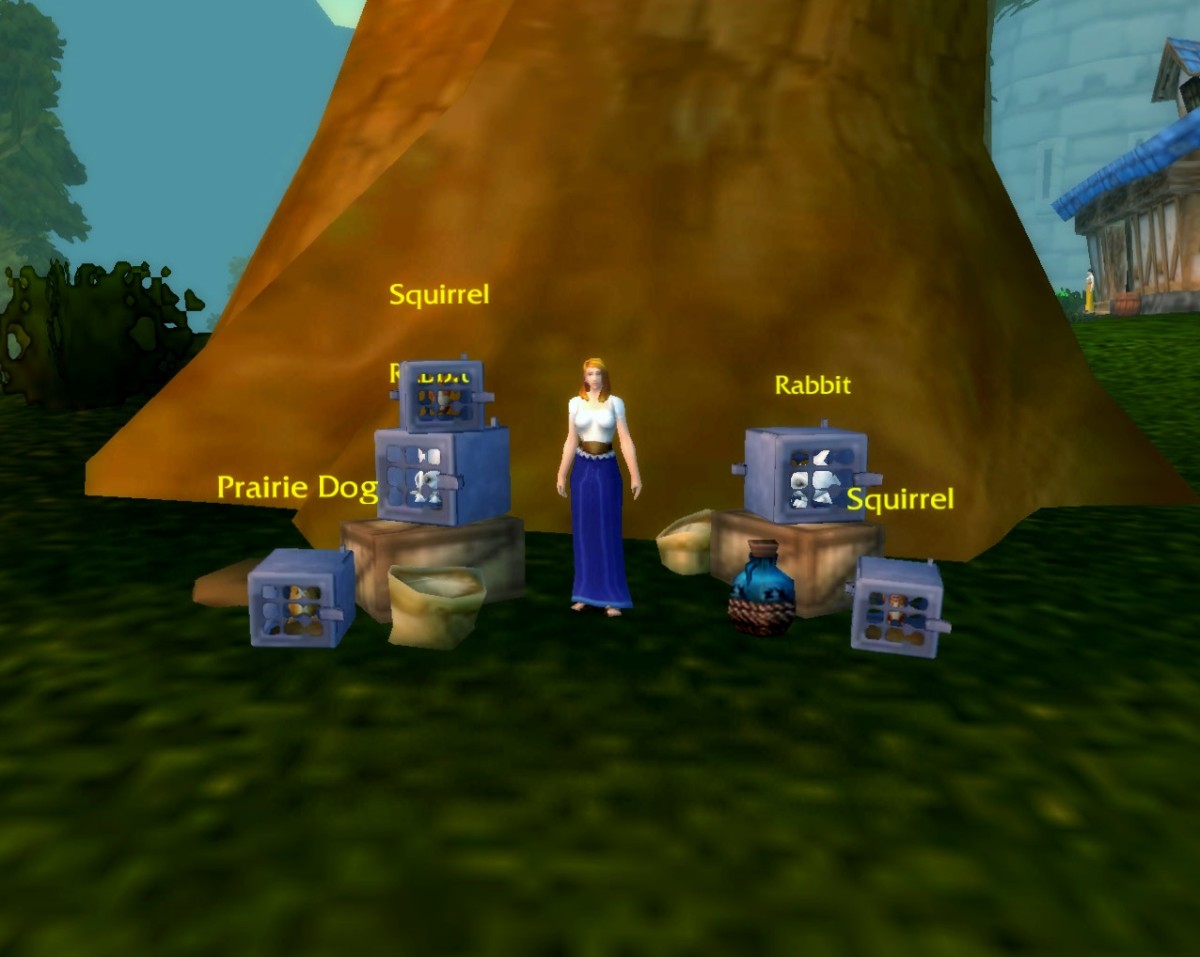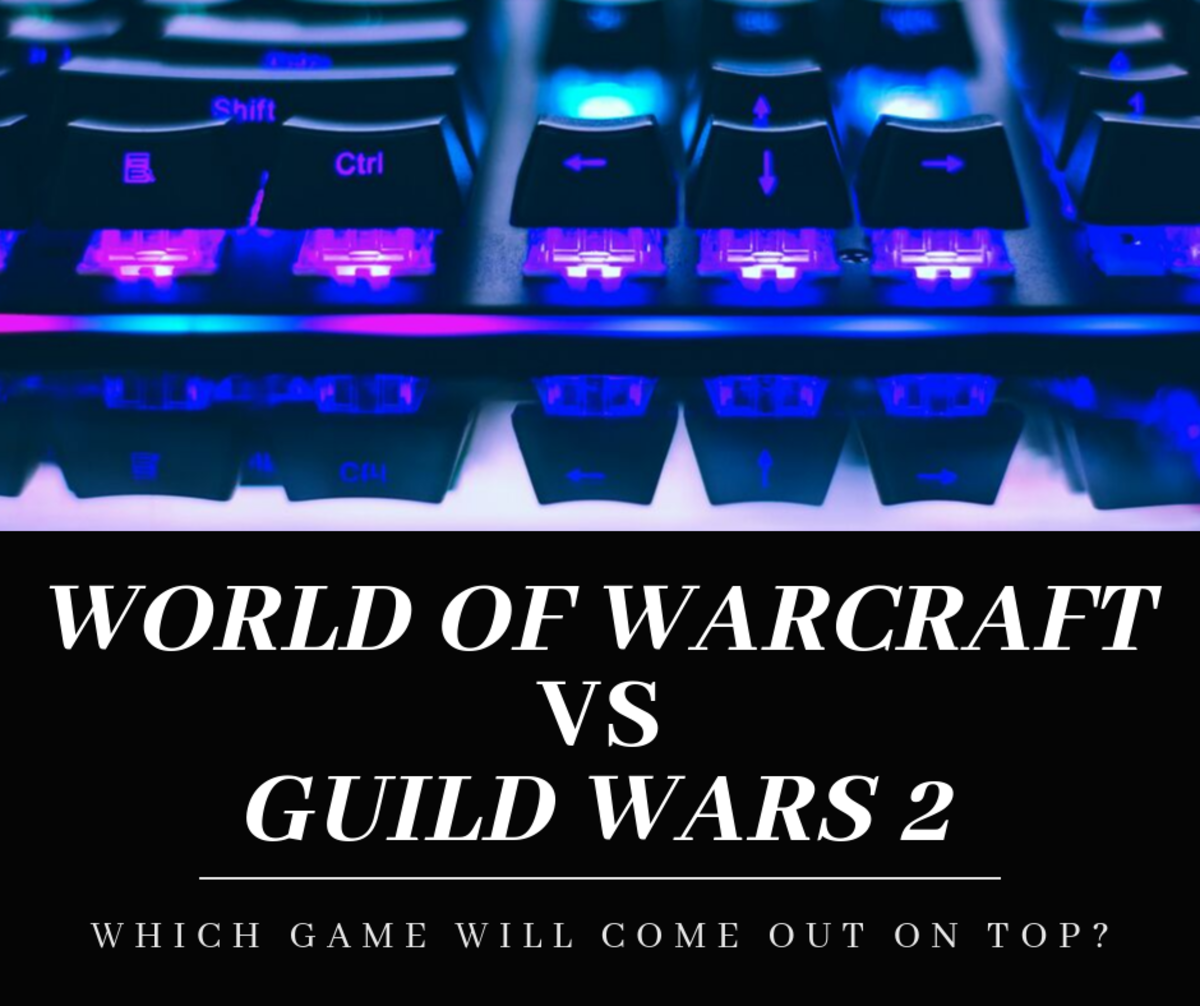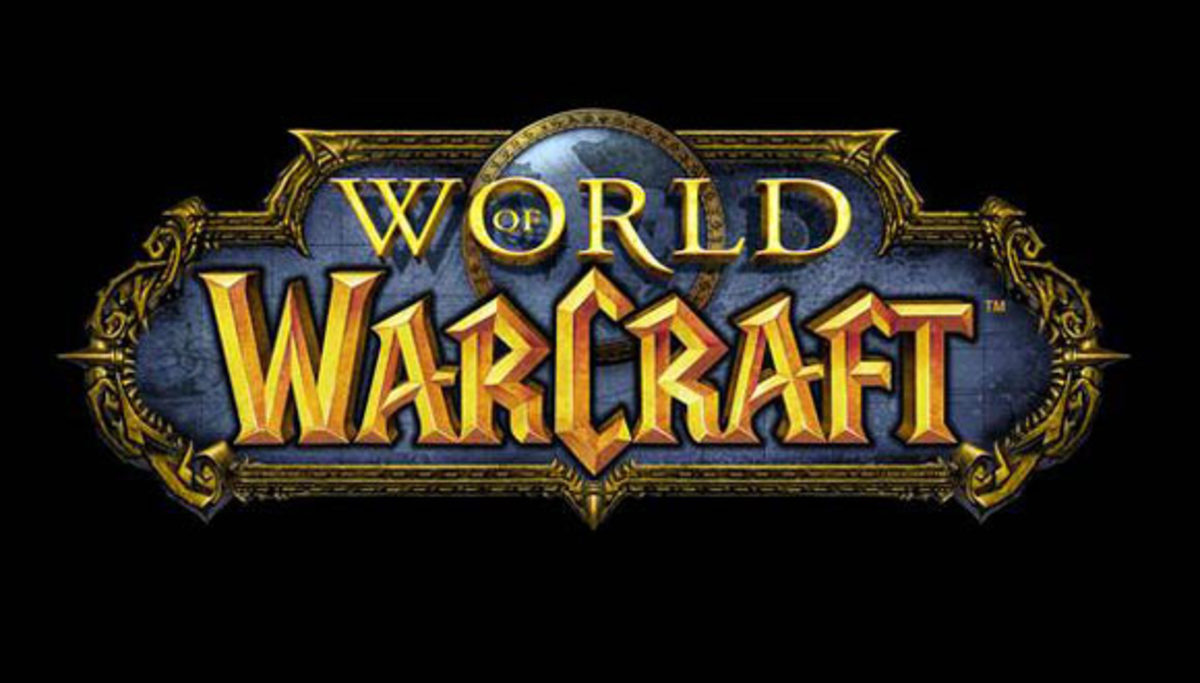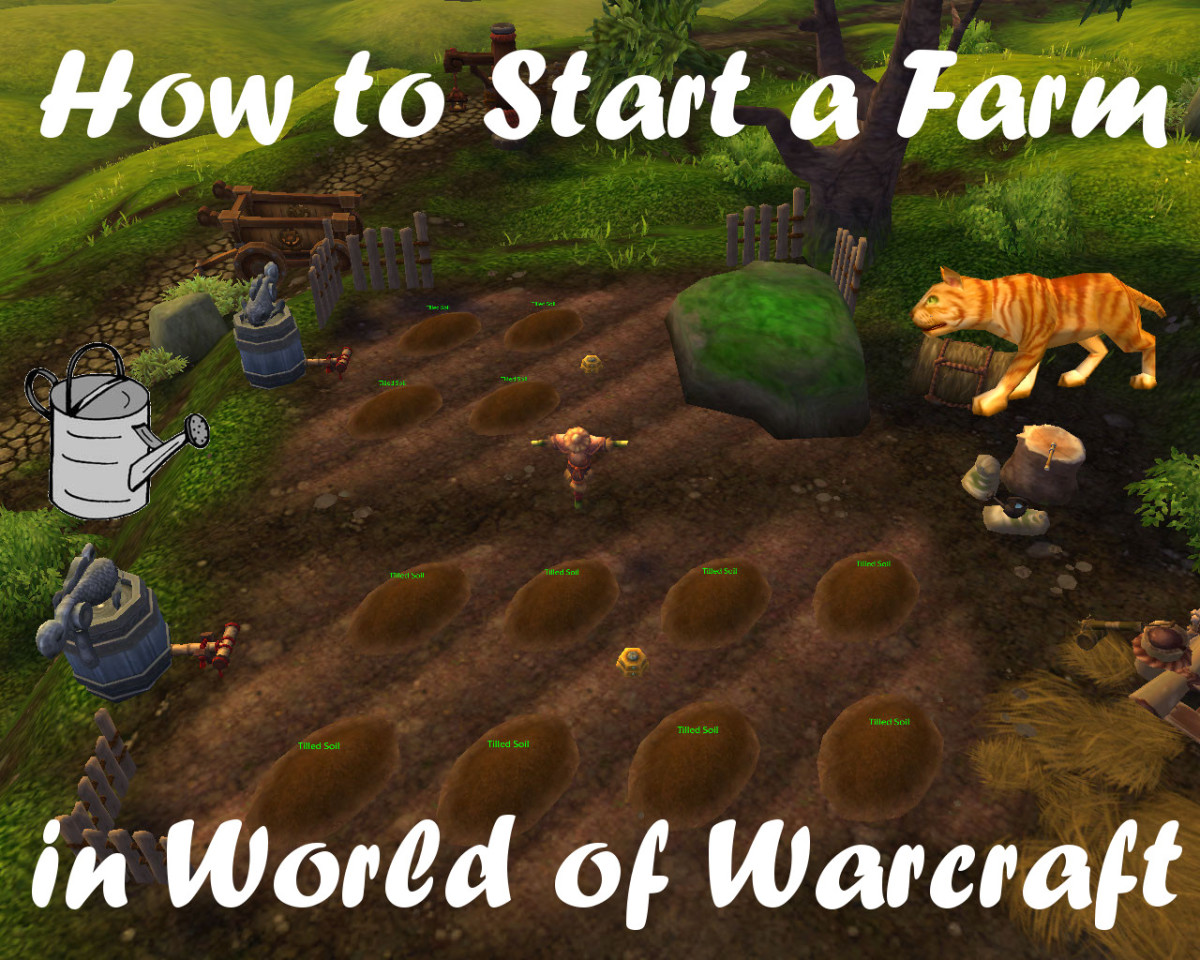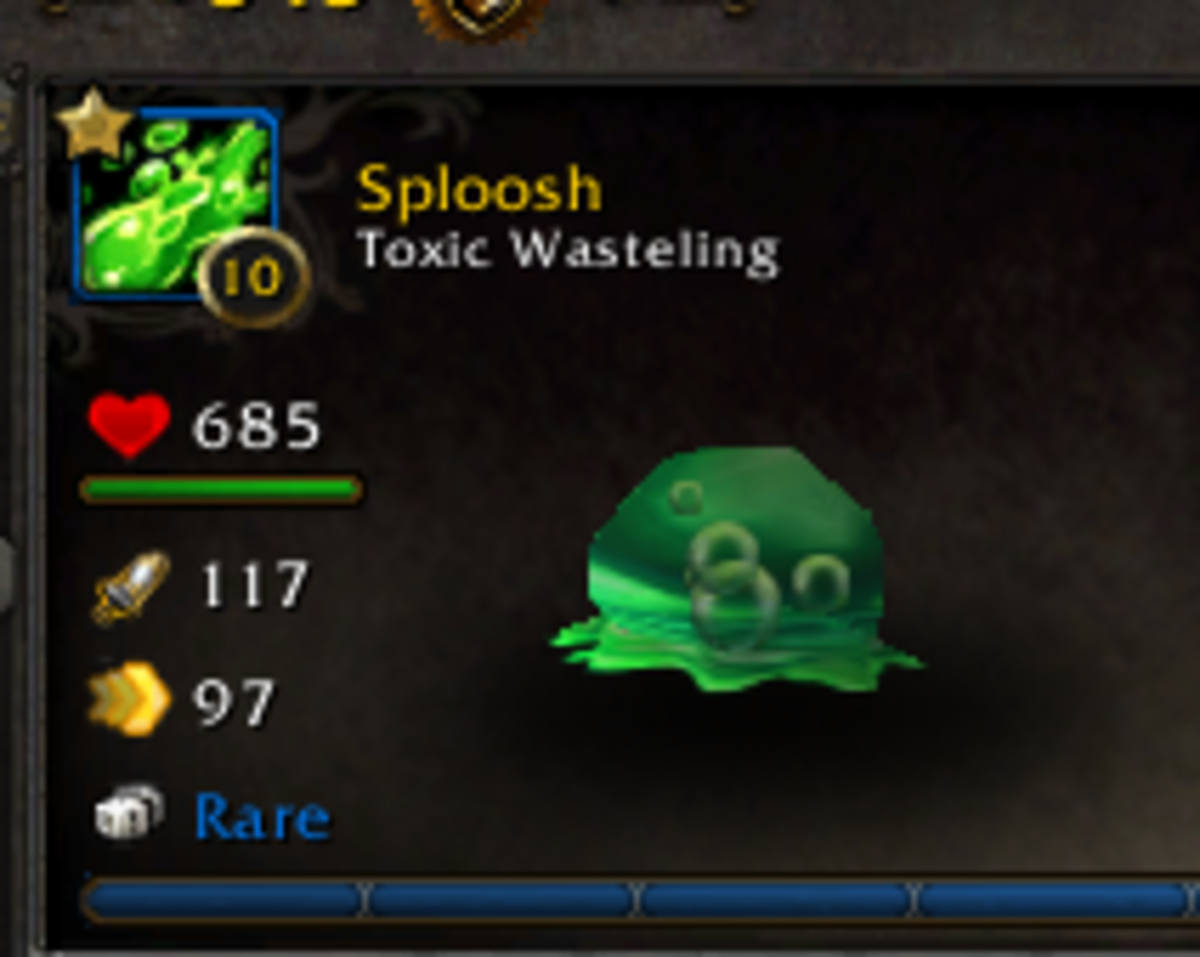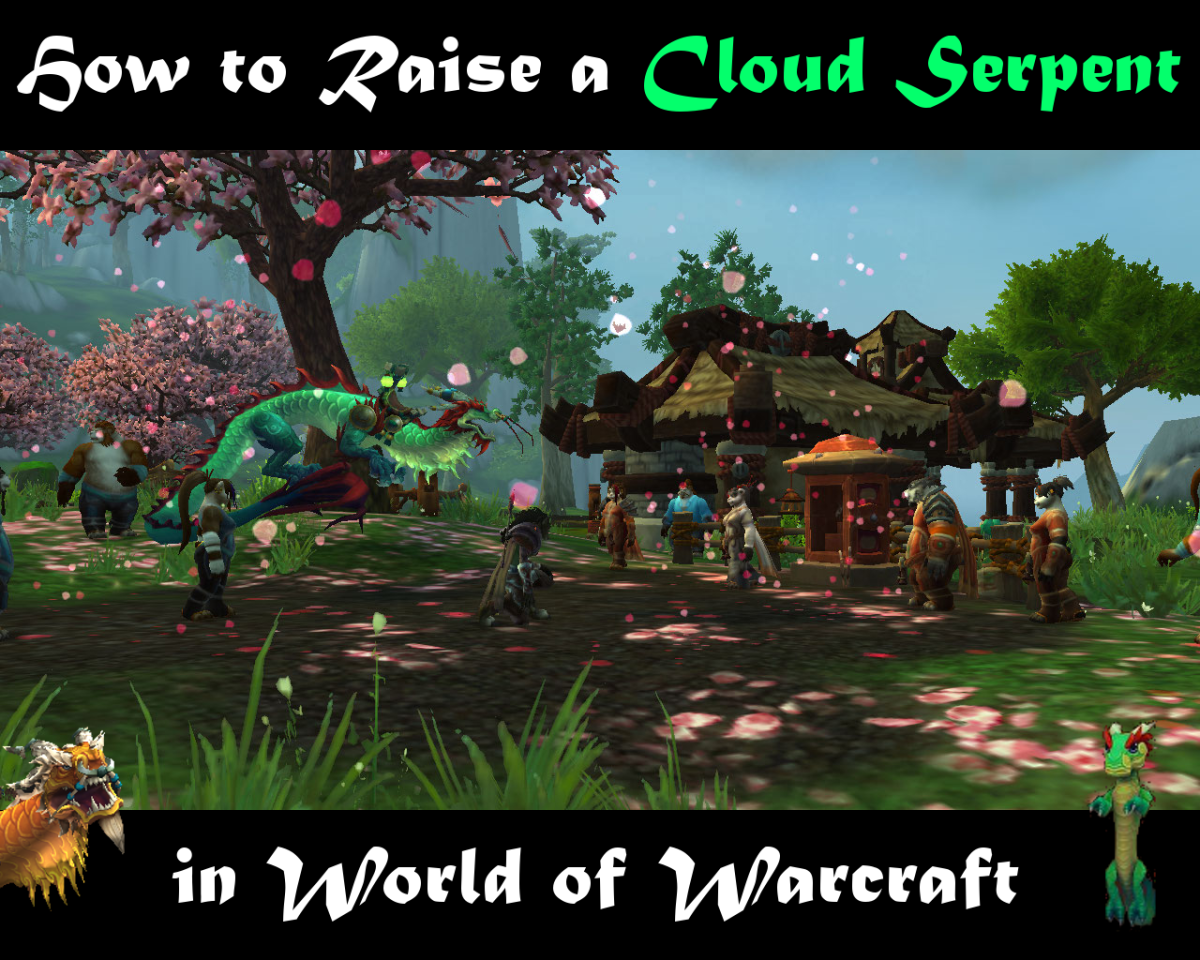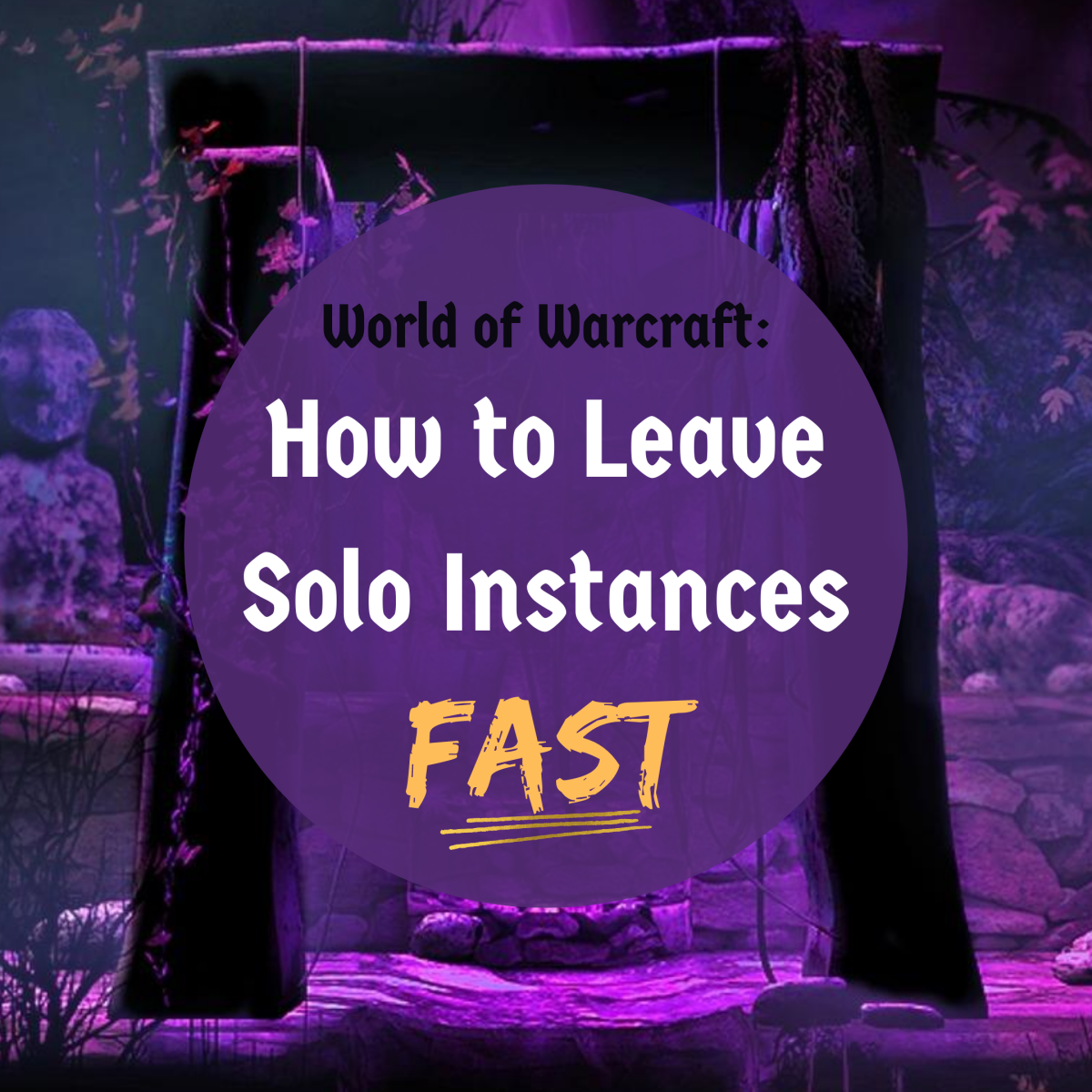- HubPages»
- Games, Toys, and Hobbies»
- Computer & Video Games»
- Online Video Games»
- Multiplayer Online Games
World of Warcraft Vs. Guild Wars: Which Online Game Rules the Web?
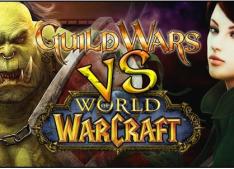
One of the most popular genres in the computer and video game industry is the MMO, or massively multi-player online, game and its sister genre, the massively multi-player online role-playing game (or MMORPG). In such games, the player takes on the persona of a character as he or she explores an online world peopled with other such players from across the globe. Players have the option to follow any available story lines, explore the world as they improve their characters, challenge other players, or just "hang out" in-game. Big names in the MMO genre include City of Heroes and City of Villains, in which the player can become a comic book superhero or villain, The Lord of the Rings: Online, and the classic choices of EverQuest, Ultima Online, and Lineage II.
Although these are all solid games, two of the most popular online games currently on the market are World of Warcraft and Guild Wars. Both of these games command a massive fan base, with thousands of players logging on to do battle, quest, and interact in each game's impressive world. But which title should the discerning player choose? I delve into both of these online games to see how they compare.
Online sMMOrgasboard
Finding the Most Bang for Your Buck
The first difference between World of Warcraft and Guild Wars that any player will run across is how each game is made available. Blizzard Entertainment's World of Warcraft is a subscription based game, meaning that players purchase the game, currently priced at $19.99 USD, and then pay an additional fee of $14.99 each month to continue to play. The first month of play is included in the initial purchase price. There is an optional expansion also available, Burning Crusade, for $29.99 USD, or bundled with the original game for $39.99 USD. The newest expansion, Wrath of the Lich King, is on sale for $39.99 USD as well. World of Warcraft can be played on both the PC and Mac systems.
Guild Wars, on the other hand, has no fee. Purchase NC Soft's original Guild Wars: Prophecies for $29.99 USD (or as a bundle with expansions Eye of the North or Factions for $39.99 USD in one of the Guild Wars Platinum options). NC Soft's plan for expanding the in-game experience as well as retaining player loyalty is to release regular expansions. There are currently three expansions available, priced between $29.99 and $39.99 USD, as well as in various bundles: Factions, Nightfall, and Eye of the North. Unlike World of Warcraft's expansions, the expansions for Guild Wars are optional, meaning that players don't have to own all of them. Instead, a player can play any number of the expansions, and the original Prophecies is not a requirement for any of them. All of the expansions' content does interlock for the players who don't own all of them, but the player who owns only one or two chapters still has a full and satisfying story and game world open to him or her. The only exception to this is the Eye of the North expansion, which requires any one of its three predecessors to play. Guild Wars is a PC-only title, so Mac users will have to miss out on this one.
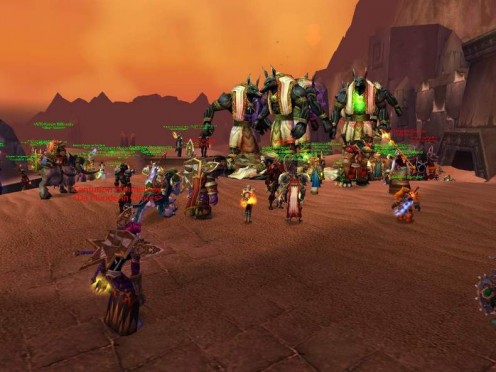
Exploring New Worlds: Game Structure
Striking differences between World of Warcraft and Guild Wars become immediately apparent once the player installs the games and logs on. World of Warcraft offers a wide range of character races and classes, or jobs. Also, players can play either on the side of the Alliance (mostly "good," although the line is not as black and white as that) or the Horde (mostly "evil"). Players have the option of participating in both story and social events, quests, and activities centered around the conflict between these factions. Every class is not available to each race and faction, so the gamer must be careful to take this into account when forming his or her character. The Guild Wars character creation options are much simpler. Although there are different non-playing character races in Eye of the North, the player can only be a human, with substantial class options, although less than are available in World of Warcraft.
The games' structure is also quite different. World of Warcraft's Azeroth is vast and consistent, with players only separated by what server they choose to play on. Players can interact with each other both in and out of towns and cities. The Guild Wars universe, on the other hand, is completely instanced. This means that when a player leaves a town, he or she can only see and directly interact with the people in his or her party. This makes for a lonelier questing experience, but at the same time players won't fall victim to a random slaying by a high-level character of the enemy faction.
In World of Warcraft, players can advance their characters through 60 levels (70 for those who also own Burning Crusade). Guild Wars characters' levels cap at 20, although they can still learn new skills. This means that there is no need to invest vast stretches of time to grinding in Guild Wars to be able to take advantage of the game's highest level content, making it a good choice for the more casual gamer.
World of Warcraft offers wonderful opportunities for free-range exploration in addition to story-based questing and faction-central events and player-versus-player. Guild Wars, by contrast, is heavily story-driven. If a player is more interested in wandering about, chatting with other players, World of Warcraft would probably make the better option. For those who want to play along a plot line, Guild Wars is the stronger of the two. Also, in Guild Wars the player can play alone, inviting computerized "henchmen" into his or her party, making it a potentially more independent experience. Players in World of Warcraft tend to have to rely upon the assistance of fellow guild members and other players as they advance into higher level areas.
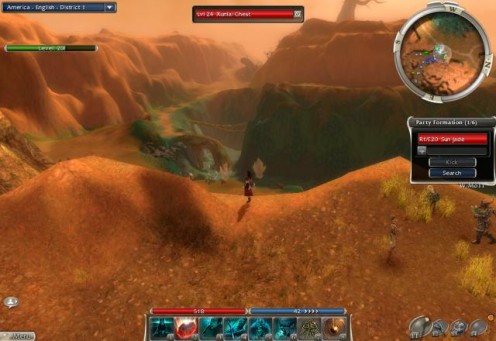
All Dressed Up: Graphics and Sound
The look of each game is very unique. In the World of Warcraft, the characters are more cartoonish, with little attempt to preserve any sense of realism. Guild Wars is much more realistic, and the the landscape art is beautiful. The graphics of both games are well put together, however, and although each embraces a different style, one is no better than the other. Similarly, the musical scores rounding out each game are equally sumptuous and meticulously composed.
GW 2: Coming . . . Soon?
There's More in Store
Both World of Warcraft and Guild Wars continue to push forward, with more content in the works. Both titles offer special events and holiday celebrations. Blizzard's World of Warcraft does seem to see more of these extras, as well as more content updates and slightly better quality in their customer support, probably due to the additional income generated by the monthly subscription fee. Unfortunately, this also means that the Warcraft servers are often down for maintenance or updates much more often than with Guild Wars.
Both games have future expansions in the works. World of Warcraft is currently working on its third expansion, Cataclysm. Blizzard has not yet made a release date available for this title. NC Soft has its stand-alone sequel, Guild Wars 2, tentatively scheduled for release at the end of 2010.
The Victor?
So, when faced with a choice between World of Warcraft and Guild Wars, what's an MMO/MMORPG gamer to do? For those who enjoy a consistent, non-instanced, more open-ended gaming experience, I would recommend World of Warcraft. For the more casual gamer who wants a story-driven experience with the option to play independently and -- a big selling point, in my opinion -- for a lower price over time, I would have to suggest Guild Wars. As for me, I'm a Guild Wars fan through and through. Every so often, though, I do indulge in a month of World of Warcraft. Why? Because, as different as these two games are, they are both engaging, well-made, and, most importantly, a whole lot of fun.
Which online game would you prefer to play?
Official Eye of the North Trailer
WoW: Wrath of the Lich King Trailer
All writing copyright of Beth Morey,
2009-2010. Reproduction/reprinting is prohibited, although linking to
this hub as an information source is permitted. Updated version of an older article also written by Beth Morey, published on AC.


![World of Warcraft 60 Day Game Time [Digital Code] [Online Game Code]](https://m.media-amazon.com/images/I/51XNC63XW4L._SL160_.jpg)
![Guild Wars - Platinum [Download]](https://m.media-amazon.com/images/I/51Ad243MY9L._SL160_.jpg)
